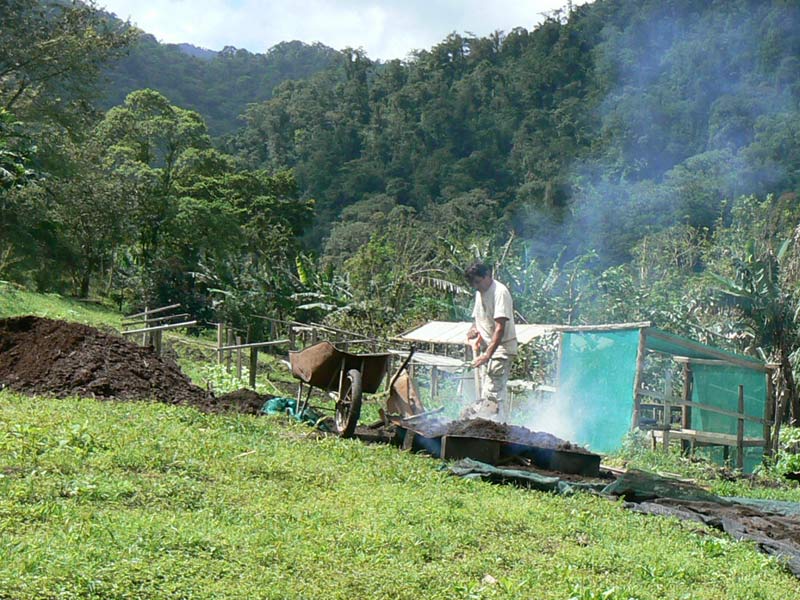 CARATE, COSTA RICA- Even on the less beaten paths of the Osa Peninsula, Costa Rican residences were preoccupied with security. Ticos, as locals call themselves, were uniformly welcoming, but every property was protected by locked gates.
CARATE, COSTA RICA- Even on the less beaten paths of the Osa Peninsula, Costa Rican residences were preoccupied with security. Ticos, as locals call themselves, were uniformly welcoming, but every property was protected by locked gates.
The Bienvenidos flier you are handed at immigration includes among its cautions: “If you are lost and in need of checking your map, look for a public and safe place to do it, or recur to the police authorities to help.” and “Avoid stopping when a stranger asks you for a ride.”
It is difficult to visualize a Costa Rica as it used to be, completely forested. Today ranch lands abut rain forest. Both look “natural.” The reason perhaps that eco-tourism has adopted the mantra “biodiversity.”

Skinny Costa Rican cows are grown for the North American fast food market. Their beef does not meet anyone’s standard for steak, but mixed 50/50 with the fat byproduct of American Holsteins, the result passes for fast food hamburger patties.
Clearing the land has the benefit of yielding timber for construction. Jungle preservation brings more eco-tourism to Costa Rica. Here the conflicting land uses meet. On the edge of the road past a timber mill, reads a sign advertising CANOPY TOURS.

In the lee of Vulcan Arenal, Rancho Margot is a model of sustainable farming. Its gardeners are going to great lengths to try to meet all their lodge needs in-house. Some plants such as tomatoes, require a less tropical climate and so must be grown in green houses, where also they require dry soil. When we asked our guide what this ranch worker was doing, his answer was: “He’s trying to do the impossible.” He was heating dirt over a fire, careful to dry it without cooking it.

